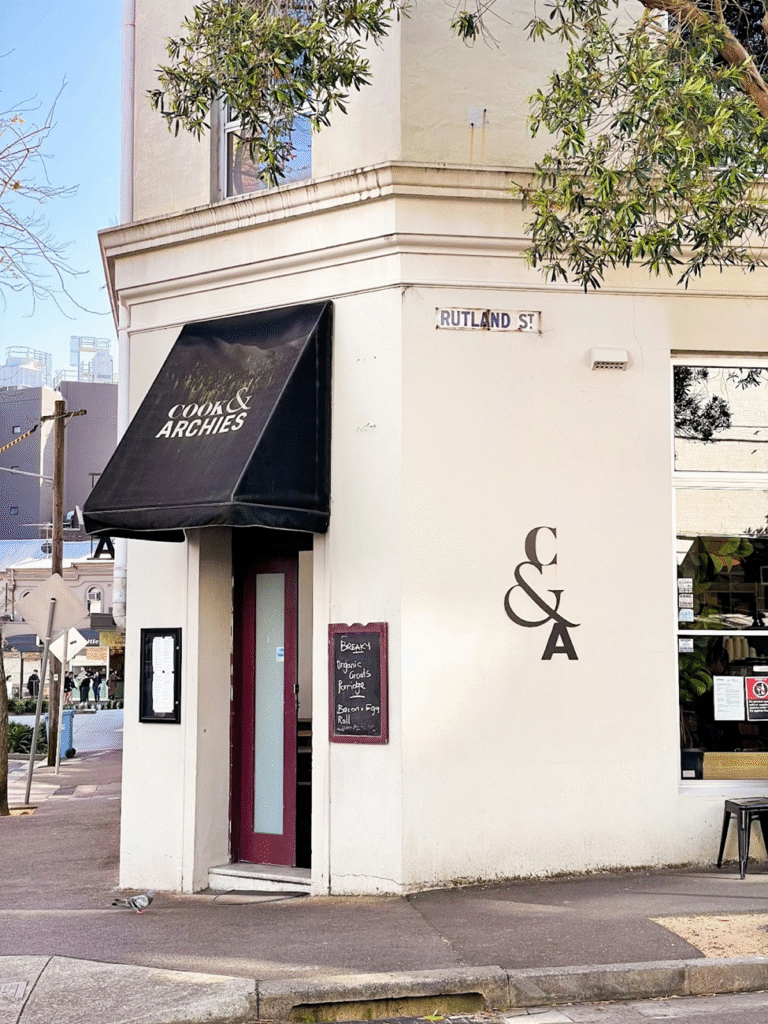Opening a Café in Sydney? Avoid These Fit-Out Mistakes Before You Build
• Rushing into fit-outs can create long-term inefficiencies and hidden costs
• Sydney council regulations directly impact how kitchens must be designed
• Efficient layouts improve service speed and staff safety
• Local trades and designers help avoid delays, rework, and compliance issues

You’re about to invest in one of the most expensive parts of your café — and it’s not the coffee machine. Whether you’re planning a new spot in Newtown or refreshing a venue in the Northern Beaches, the kitchen is where most of your budget and square metres will go. The catch? A lot of Sydney café owners don’t realise just how much their kitchen setup affects daily operations until it’s too late to change it. Once the floors are poured and the exhaust ducting is in, your options narrow fast. A poorly thought-out layout can create chokepoints, add stress to service, and even impact food safety. Before you approve a single quote, it’s worth pausing to understand what makes a hospitality kitchen work — and what mistakes could quietly cost you thousands.
The hidden costs of rushing the fit-out phase
Deadlines are part of the café world, but rushing into a fit-out without a plan can lead to expensive mistakes that keep surfacing long after opening day. You might find a lease in Marrickville with great foot traffic, but forget to factor in exhaust ducting limitations until it’s too late. Or you might sign off on a space thinking it’ll be cheaper to squeeze in a back-of-house kitchen, only to discover the entire hot line needs to be rebuilt to meet fire regulations. In Sydney, even small missteps — like installing the wrong grease trap or failing to account for bin access — can delay approvals or force costly rework. Getting clear on the physical requirements of your site early on can save you tens of thousands and weeks of backtracking.
Why local regulations shape more than just compliance
Every council in Sydney has its own quirks, especially when it comes to food business approvals. A plan that flies in Leichhardt might not get through in Surry Hills. Health inspectors can request changes after installation, and fire safety reports often override your initial concept. That’s why compliance is more than a box to tick — it directly impacts your design.
For example, you can’t just sketch out a kitchen triangle and hope it passes. Some regulations dictate the distance between hand basins and prep surfaces, as well as the accessibility of your cool room from service areas. Speaking to a food service design consultancy that understand both state codes and council expectations are less likely to run into redraws, delays, or rework after installation.
How smart planning supports long-term staff efficiency
Once you’ve ticked off compliance, the real test is how your kitchen performs on a busy Saturday morning. Workflow matters. A tight but well-planned space in Bondi can outperform a sprawling kitchen in the suburbs if the design considers movement, timing, and task separation. Staff shouldn’t have to pivot past each other during service or reach across prep benches to access essentials. Something as small as placing the dishwasher near the wrong entrance can create chaos. And when margins are tight, efficiency equals profitability. That’s why layout choices — not just equipment quality — are what set successful cafés apart. A few well-placed sinks, a thoughtful coffee pass, and uninterrupted prep zones will do more for your speed of service than any POS upgrade.
The role of local suppliers and trades in avoiding blowouts
It’s tempting to shop interstate for a cheaper fridge or let your builder bring in a general contractor to handle plumbing. But Sydney-based suppliers and trades bring two things you won’t get from a cut-price setup: site familiarity and council fluency. A local stainless steel fabricator knows how to frame benches that align with Inner West fit-out quirks. A Sydney electrician will understand three-phase requirements in older commercial buildings. When something isn’t working, they’re also easier to get back on-site, which matters when you’re a week out from launch and your extraction hood fails inspection. Using people who know hospitality specifically, not just generic commercial jobs, gives you a better shot at finishing on time and on budget. commercial kitchen design, Sydney
Real timing and budget expectations for Sydney café fit-outs
Planning for delays doesn’t mean accepting them — it means avoiding surprises. Right now, Sydney café fit-outs often take eight to twelve weeks from first approval to final inspection, depending on site condition and trades availability. But what stretches that timeline isn’t always construction. It’s late design changes, delayed council responses, or equipment that arrives with the wrong specs. Budget blowouts usually stem from underestimated compliance upgrades or poor coordination between trades. The best way to stay in control is to treat the kitchen not as a background piece, but as the operational core of your business. If you’re designing a space that has to keep pace with your busiest rushes, investing in the right process now will pay off every single shift.
There’s no one-size layout for a Sydney café, but the biggest mistake is treating the kitchen as an afterthought. When you put the operational logic first — and surround yourself with the right local support — your fit-out becomes more than a build. It becomes part of how your café works, day in and day out.